
Brassicas
Varieties like broccoli and kale will flower after harvesting, providing food for early spring mining bees. Many varieties can be sown or planted out in summer – plant in rich soil and firm well.


Varieties like broccoli and kale will flower after harvesting, providing food for early spring mining bees. Many varieties can be sown or planted out in summer – plant in rich soil and firm well.
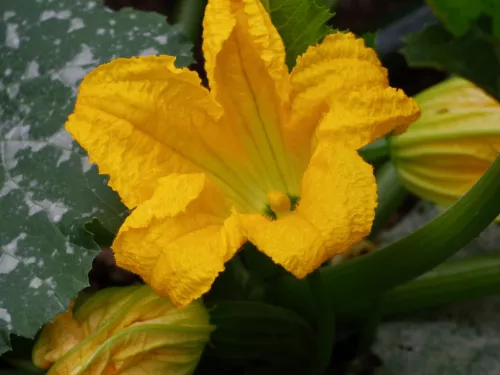
Buy ready-grown plants and plant into rich soil in early summer, and keep well watered. 22-spot ladybirds are very polite, leaving the fruit for you and eating only the leaf mildew.
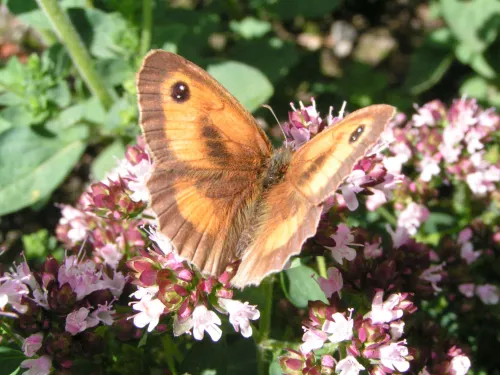
Plant from spring to autumn in pots or the ground. Leave some unharvested so it flowers for butterflies and bees.

Buy canes in spring or autumn and plant in rich, moist soil. The blackbirds will leave you some, I promise!
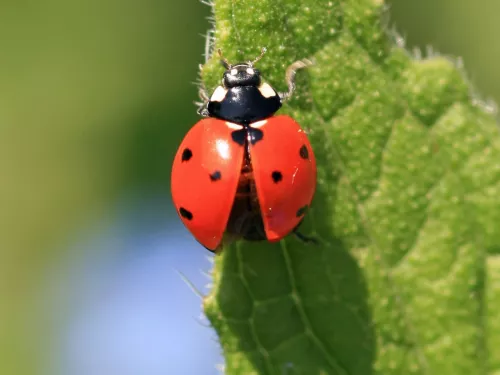
Avoid removing aphids and you’ll provide food not just for them but for the ladybirds, lacewings and hoverfly larva that eat them. Sow direct in autumn or spring. Stake taller varieties.
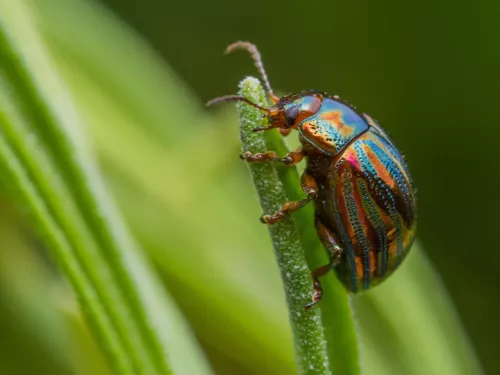
Flowering in spring, rosemary provides nectar and pollen for queen bumblebees. Plant at any time of year in moist but well-drained soil.
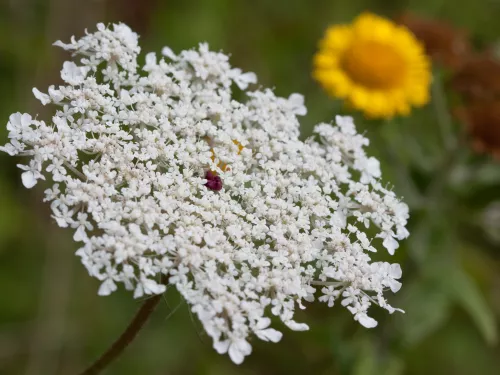
Sow direct in pots or the ground from spring to late summer. Leave some to flower for pollinators.
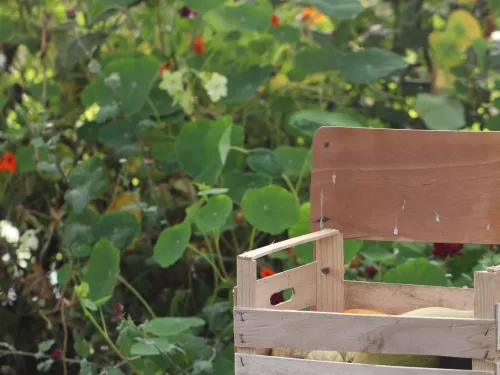
Sow from spring to summer for a crop of fiery leaves and sweet flowers. Leave a crop for ‘cabbage white’ butterflies to feast on – you can move caterpillars from brassicas onto nasturtium leaves to protect them.
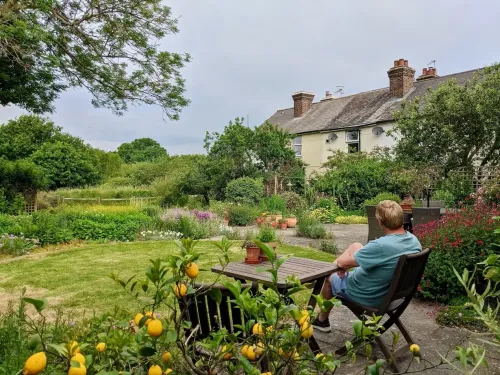
Volunteer Wild About Gardens Advisor Penny Brook takes us on a journey through her garden to share how they create a flower-filled haven for both people to relax and wildlife to flourish.
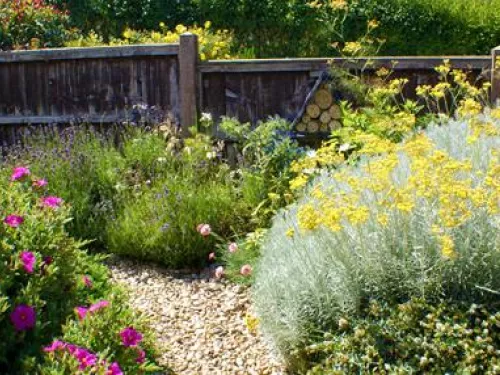
Wild About Gardens Officer Ellen Tout shares how we can all turn our gardens into wildlife havens with these top tips.
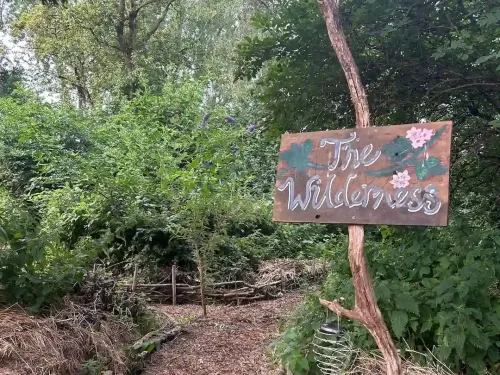
This blog about garden wilding is written by Sally Edge, the owner/founder of Langdon Court, where we will host an open garden for the third time in 2025!